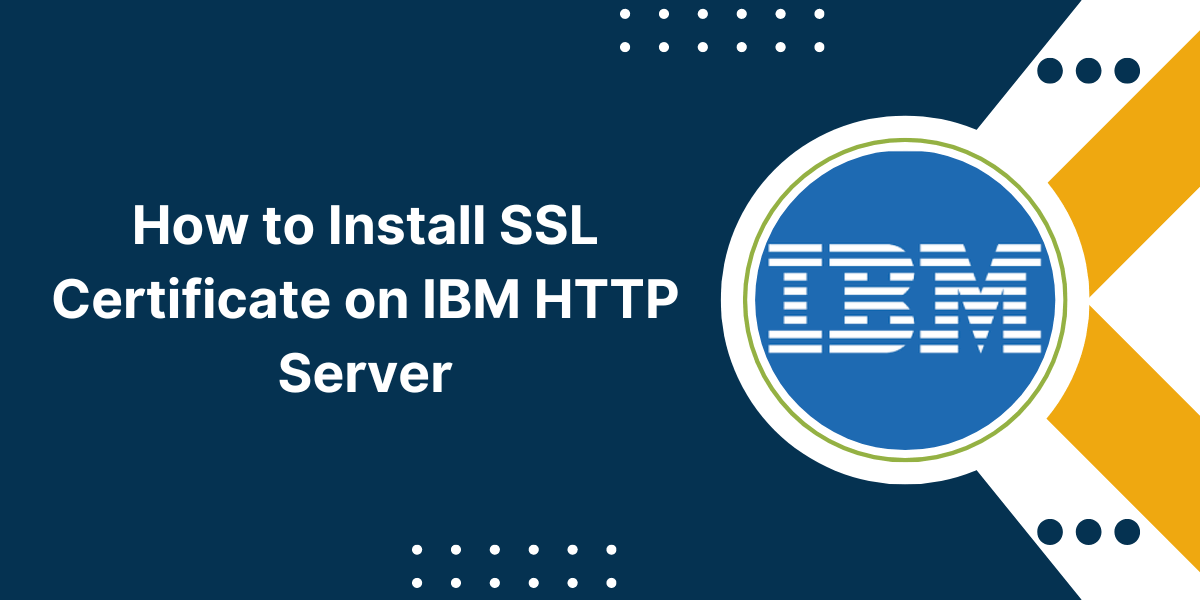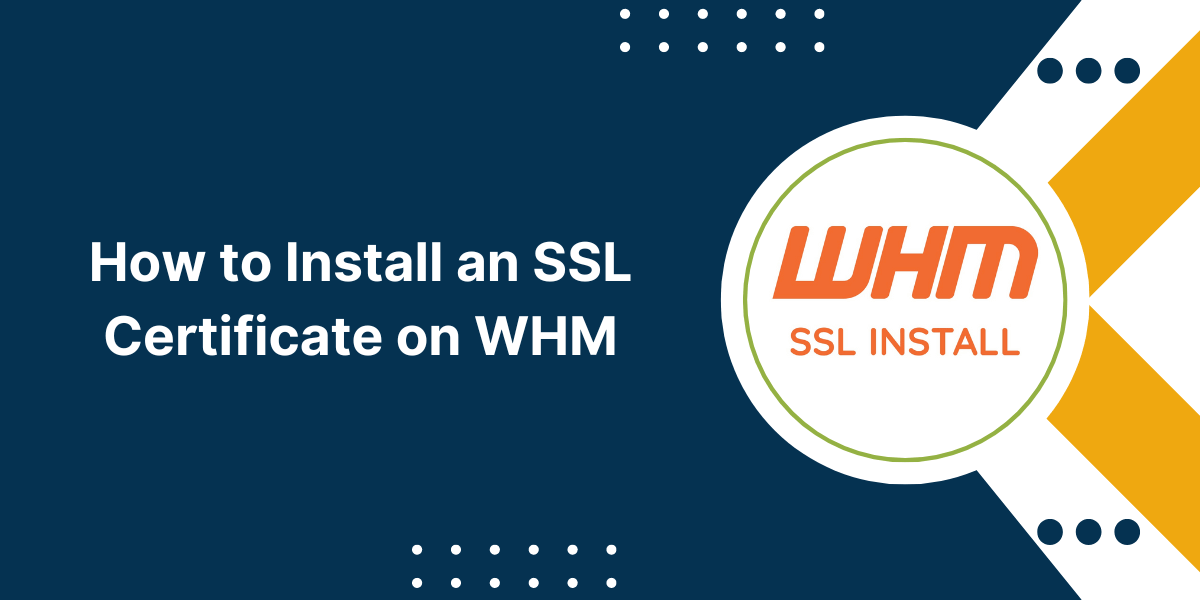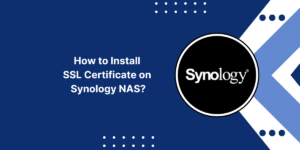How to Configure HTTPS on WebLogic Server with SSL Certificate
To install an SSL certificate on BEA WebLogic Server, follow these specific steps. First, obtain your SSL certificate files, including the private key and certificate chain. Open the WebLogic Server Administration Console and navigate to Environment > Servers. Select your server name and click the Configuration > SSL tab. Configure the identity and trust keystores, import your SSL certificate files, and set the private key password. Restart the WebLogic Server to apply the changes. This process enables secure HTTPS connections to your WebLogic applications, protecting data transmission between server and clients.
Prerequisites for Installing an SSL Certificate on BEA WebLogic
Before you install and configure SSL on WebLogic, ensure the following prerequisites are met:
✔ BEA WebLogic Server (installed and running).
✔ Admin access to the server.
✔ A valid SSL certificate (from DigiCert, Sectigo, etc.).
BEA WebLogic SSL Setup: Step-by-Step Guide
✔ Generate a CSR (Certificate Signing Request)
✔ Import the SSL Certificate into the Keystore
✔ Configure WebLogic for HTTPS
✔ Verify SSL Installation
Step 1: Generate a Private Key and Keystore
WebLogic uses a Java Keystore (JKS) to store private keys and certificates.
Method 1: Using keytool (Command Line)
- Open a terminal and run:
keytool -genkeypair -alias weblogic_key -keyalg RSA -keysize 2048 -keystore identity.jks -validity 365
- Replace identity.jks with your keystore name.
- Set a strong password (remember it for later).
- Fill in details (Common Name = domain name, e.g., server.example.com).
- Verify the keystore:
keytool -list -v -keystore identity.jks
Method 2: Via WebLogic Admin Console
- Go to Environment → Servers → [Your_Server] → Configuration → Keystores.
- Select Custom Identity and Custom Trust.
- Specify paths for:
- Custom Identity Keystore: /path/to/identity.jks
- Custom Trust Keystore: /path/to/trust.jks
- Click Save → Activate Changes.
Step 2: Generate a CSR (Certificate Signing Request)
- In the WebLogic Console:
- Navigate to Servers → [Your_Server] → SSL → Advanced.
- Click Get SSL Certificate Request.
- Enter:
- Navigate to Servers → [Your_Server] → SSL → Advanced.
- Click Get SSL Certificate Request.
- Copy the CSR text and submit it to your CA (e.g., DigiCert, Let’s Encrypt).
Step 3: Import the SSL Certificate into the Keystore
Once your CA issues the certificate (your_domain.crt):
Option 1: Using keytool
keytool -import -trustcacerts -alias weblogic_cert -file your_domain.crt -keystore identity.jks
Option 2: Via WebLogic Console
- Go to Servers → SSL → Advanced.
- Under Private Key Alias, enter weblogic_cert.
- Upload:
- Signed Certificate: your_domain.crt
- CA Certificates: Intermediate bundle (e.g., intermediate.crt).
- Click Save → Activate Changes.
Step 4: Configure WebLogic for HTTPS
- In the WebLogic Console, go to:
- Servers → [Your_Server] → Configuration → General.
- Set:
- Listen Port: 7002 (default HTTPS port).
- SSL Listen Port Enabled: True.
- Under Keystores:
- Select Custom Identity and Custom Trust.
- Provide paths to identity.jks and trust.jks.
- Under SSL:
- Private Key Alias: weblogic_key (matches keystore alias).
- Private Key Passphrase: Enter the keystore password.
- Restart WebLogic Server for changes to take effect.
Step 5: Verify SSL Installation
- Browser Test: Access https://your_domain:7002 (look for the padlock icon).
- OpenSSL Check:
openssl s_client -connect your_server:7002 -showcerts
Final Thoughts
Securing your BEA WebLogic Server with SSL is essential for encrypted communications and compliance. This guide walked you through generating a private key, creating a CSR, installing the certificate, and configuring HTTPS—all with step-by-step instructions. By following these best practices, you’ve ensured secure data transmission and resolved common SSL errors.
For ongoing maintenance, remember to renew certificates before expiration and monitor logs for connectivity issues. Need further help? Bookmark this guide or consult Oracle’s official documentation. Protect your WebLogic Server today with a properly configured SSL setup!
Frequently Asked Questions
Here are some common questions regarding installing and managing SSL certificates for Webmin:
What is an SSL certificate in WebLogic Server?
An SSL certificate in WebLogic Server creates encrypted connections between clients and servers. The certificate verifies server identity and ensures secure data transmission. WebLogic Server uses these certificates to establish HTTPS connections.
How do I enable SSL in WebLogic admin console?
Log into the WebLogic admin console. Select Servers > Configuration > SSL tab. Enable SSL listening port and set the certificate location. Save and restart the server to apply changes.
What types of SSL certificates work with WebLogic?
WebLogic Server supports X.509 certificates. The server accepts certificates from trusted providers like DigiCert, Sectigo, and RapidSSL. Both single-domain and wildcard SSL certificates work with WebLogic.
Where do I store SSL certificates in WebLogic?
Store SSL certificates in the WebLogic Server keystore. The default keystore location is domain_home/security. Custom keystore locations can be specified in the server configuration.
How do I check if SSL is working in WebLogic?
Access the server using https:// instead of http://. Check for the padlock icon in the browser. Use SSL debugging tools to verify secure connections and certificate validity.
What are common SSL certificate installation errors in WebLogic?
Common errors include incorrect keystore passwords, invalid certificate chains, and mismatched private keys. Certificate expiration and incorrect file permissions also cause installation failures.

Priya Mervana
 Verified Web Security Experts
Verified Web Security Experts
Priya Mervana is working at SSLInsights.com as a web security expert with over 10 years of experience writing about encryption, SSL certificates, and online privacy. She aims to make complex security topics easily understandable for everyday internet users.



